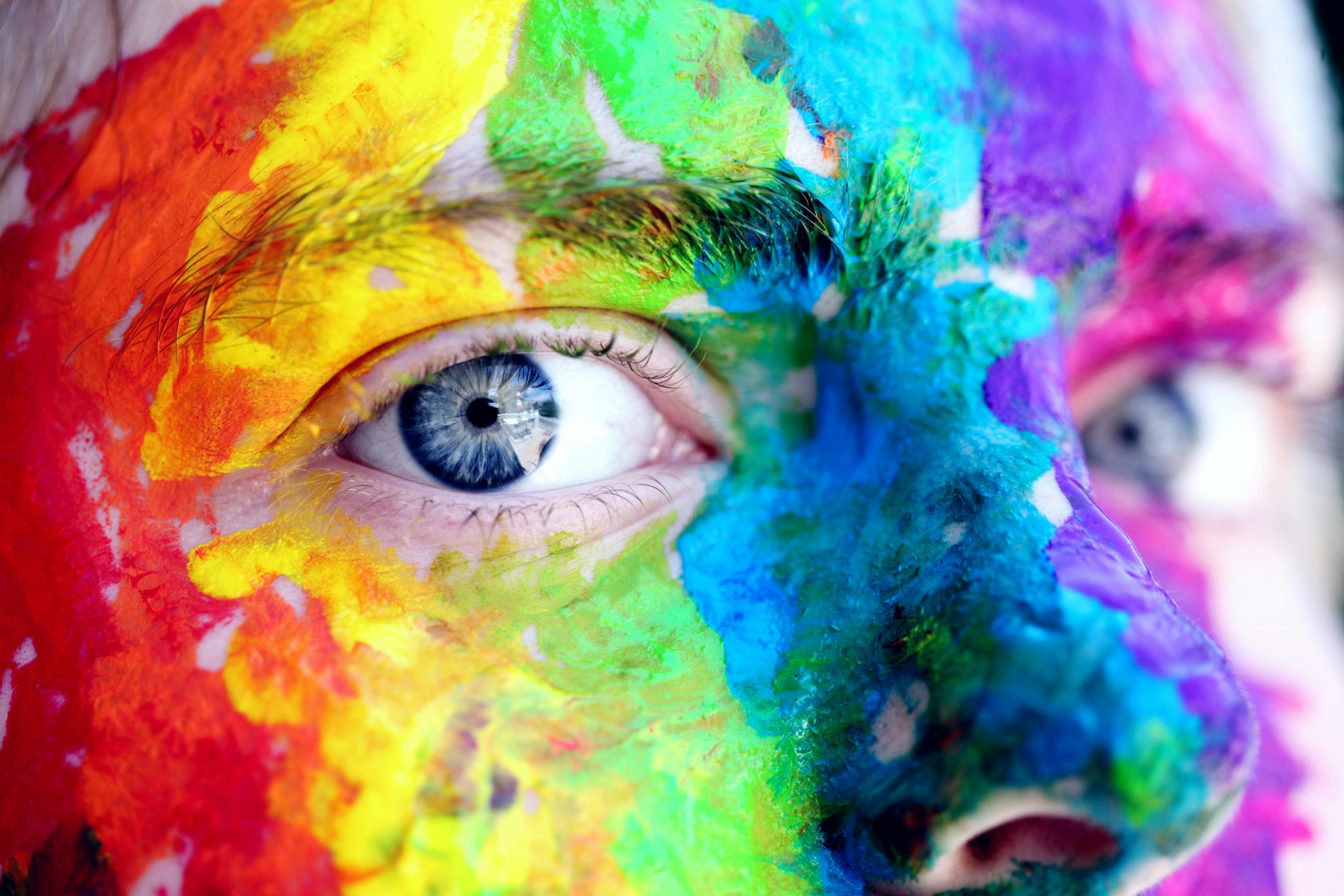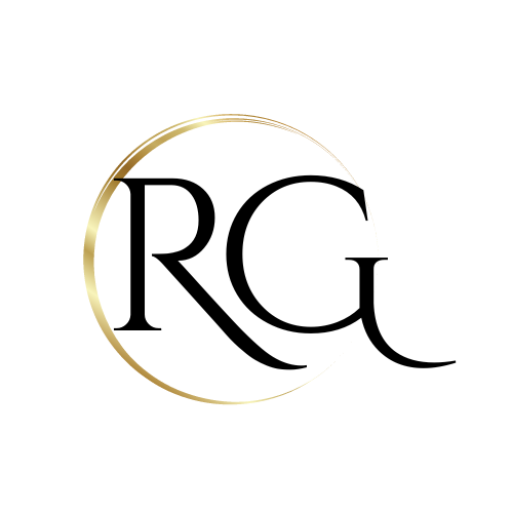Meditation and Creativity: Unleashing the Muse Within
Creativity is a boundless force that resides within us, waiting to be tapped into. Meditation serves as a conduit, unlocking the floodgates of creativity and ushering in a realm of inspiration. In this post, we delve into the profound relationship between meditation and creativity, supported by stories of renowned artists, writers, and entrepreneurs who attribute their creative brilliance to the practice. Additionally, discover three unique meditation exercises tailored to ignite your creativity and enhance problem-solving skills.
Understanding the Meditation-Creativity Connection:
The Creative Gateway: Meditation has long been recognised as a catalyst for unlocking creativity. By quieting the mind and fostering a heightened state of awareness, individuals can tap into the wellspring of creative insights and innovative thinking.
Stories of Creative Transformation:
1. David Lynch: The Cinematic Alchemist: Renowned filmmaker David Lynch, the mastermind behind “Twin Peaks” and “Mulholland Drive,” attributes his creative genius to transcendental meditation (TM). David, an avid practitioner since the 1970s, describes meditation as a source of boundless creativity, allowing him to access profound ideas and images that fuel his cinematic artistry.
2. Susan Sontag: Words Woven in Contemplation: Susan Sontag, celebrated essayist and novelist, found solace and inspiration in meditation. The disciplined practice of Vipassana meditation not only offered her a relief from the chaos of her mind but also became a wellspring of creative ideas that enriched her works, including “On Photography” and “The Volcano Lover.”
3. Ray Dalio: Bridging the Gap with Transcendental Meditation: Ray Dalio, founder of Bridgewater Associates, one of the world’s largest hedge funds, attributes part of his success to Transcendental Meditation (TM). Ray attests that meditation helps him navigate complex financial landscapes with a clear mind, fostering creative problem-solving and strategic thinking.
Meditation Exercises for Enhanced Creativity:
1. Creative Visualisation: Close your eyes and visualize a specific challenge or project you’re working on. Imagine it unfolding successfully in vivid detail. Engage all your senses to make the visualisation as immersive as possible.
Why it Works: Creative visualisation stimulates the brain’s creative centers, allowing you to explore innovative solutions and envision success.
2. Mindful Doodling: Engage in spontaneous doodling or sketching without a specific goal. Let your pen move freely across the paper, exploring shapes, patterns, and lines.
Why it Works: Mindful doodling fosters a relaxed and open state of mind, freeing you from constraints and encouraging creative expression.
3. Object Meditation: Select a random object (e.g., a pen, a rock, or a flower). Place it in front of you and focus your attention on it. Explore its textures, colors, and details. Allow your mind to wander and make connections to your creative challenge.
Why it Works: Object meditation enhances observational skills, promoting a fresh perspective that can inspire creative thinking.

Incorporating Meditation into Your Creative Process:
1. Establish a Creative Ritual: Integrate meditation into your creative routine. Whether before brainstorming sessions or during breaks, make meditation a ritual that precedes or accompanies your creative endeavors.
2. Embrace Silence: Allow moments of silence to permeate your creative process. Instead of immediately seeking answers, create space for the quiet insights that meditation can unveil.
3. Regularity is Key: Consistency in meditation practice is vital. Regular sessions create a foundation for enhanced creativity by fostering a calm and receptive state of mind.
4. Combine Meditation with Creative Activities: Pair meditation with activities that foster creativity, such as writing, painting, or brainstorming. Let the insights gained during meditation infuse your creative endeavors.
5. Reflect and Iterate: After creative sessions, reflect on the impact of meditation. Note any insights, breakthroughs, or shifts in perspective. Use this feedback to refine your meditation practice for optimal creative results. Use a Journal to track your progress.
Meditation stands as a way to unlock the dormant potential of creativity within each of us. The stories of David Lynch, Susan Sontag, and Ray Dalio echo the profound impact that meditation can have on creative expression and problem-solving. By incorporating tailored meditation exercises into your routine, you invite the muse of creativity to flourish, leading to innovative thinking and transformative breakthroughs in your artistic, literary, or entrepreneurial pursuits. Embrace meditation as the key to unleashing the creative muse within, and watch as your imagination takes flight.

Recent Comments